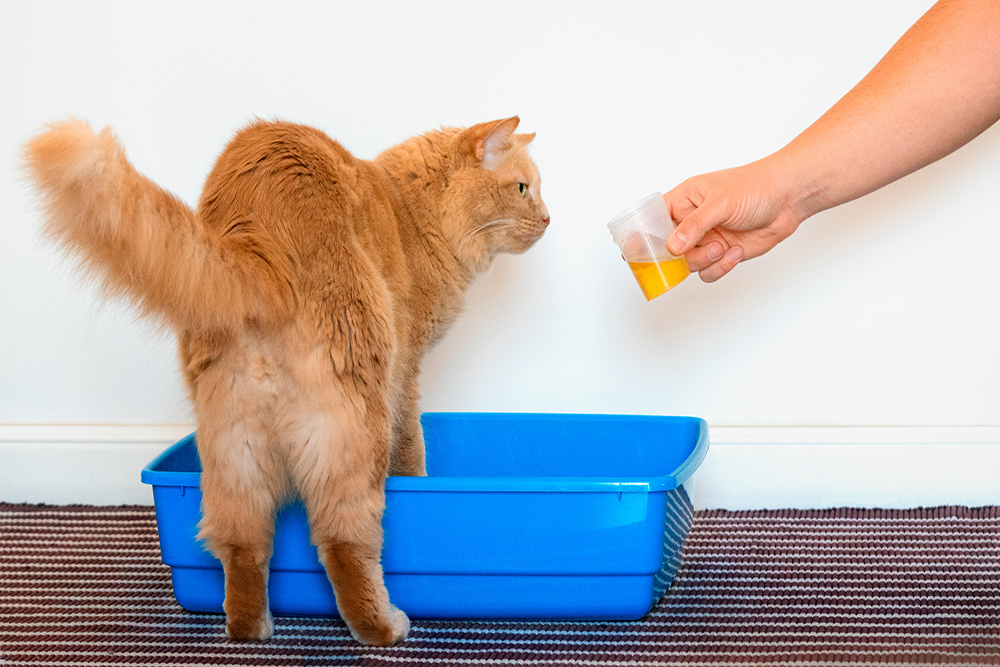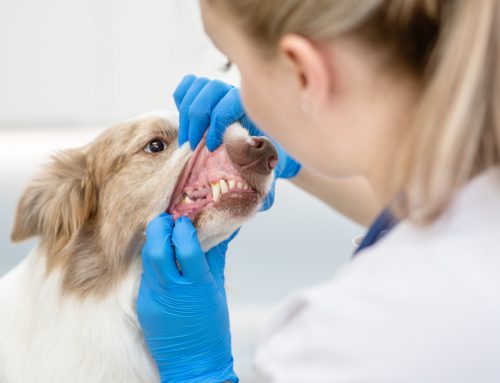A Vet’s Guide to Preventing and Treating UTIs in Pets
A urinary tract infection (UTI) might not sound like a major concern, but for your cat or dog, it can be painful, frustrating, and potentially dangerous. Left untreated, a UTI can lead to kidney infections, bladder stones, or even life-threatening urinary blockages—especially in male cats.
At Carolina Virginia Animal Hospital, we see and treat UTIs regularly, and we want you to feel empowered with the knowledge to spot early signs, seek timely care, and prevent them from coming back.
Let’s walk through what pet owners need to know.
What Is a UTI in Pets?
A urinary tract infection occurs when bacteria enter and multiply in the urinary system—typically starting in the urethra and moving into the bladder, but sometimes affecting the kidneys or ureters as well.
UTIs are more common in dogs, especially females, due to their anatomy. In cats—particularly male cats—urinary issues can resemble a UTI but may instead involve other serious conditions like feline lower urinary tract disease (FLUTD) or urinary blockages.
Urgent Warning: If your male cat is straining to urinate and producing little or no urine, call us immediately. This could be a life-threatening emergency.
Learn more about urinary obstruction in male cats – ACVS
Common Signs of a UTI in Pets
Watch for any of the following symptoms:
- Straining or crying while urinating
- Frequent urination or attempts with little output
- Accidents in the house or outside the litter box
- Blood-tinged or dark-colored urine
- Strong-smelling urine
- Excessive licking around the genitals and urinary opening
- Behavioral changes like restlessness or irritability
Cats in particular are experts at hiding discomfort. If something seems off—even subtle changes—don’t hesitate to schedule a visit.
What Causes UTIs in Dogs and Cats?
UTIs usually begin with bacteria entering the urethra, but several risk factors increase the chance of infection:
- Female dogs (due to a shorter urethra)
- Older pets with weakened immunity
- Health conditions like diabetes or kidney disease (Read more on pet diabetes – AAHA)
- Bladder stones or crystals (Learn more about urinary stones in pets – ACVS)
- Recessed vulva in female dogs (Explore more on recessed vulva in dogs – AKC)
- Poor grooming or hygiene, especially in long-haired pets
How We Diagnose UTIs at Carolina Virginia Animal Hospital
Our diagnostic process is thorough, because treatment success starts with identifying the exact issue:
- Urinalysis – Checks for white blood cells, bacteria, blood, and crystals
- Urine culture – Identifies the specific bacteria to select the best antibiotic
- Imaging (X-rays or ultrasound) – Evaluates for bladder stones, tumors, or structural problems
- Bloodwork – Screens for kidney involvement or other underlying disease
Visit our Diagnostics Page to learn more about our in-house capabilities.
Treatment Options for Pet UTIs
Antibiotics
Typically prescribed for 1–2 weeks based on urine culture results.
Supportive Care
- Pain relief if your pet is uncomfortable
- Dietary changes if crystals or stones are detected
- Increased water intake to help flush the urinary tract
- Follow-up testing to confirm the infection has cleared
Advanced Cases May Require:
- Surgical removal of bladder stones
More on cystotomy – PetPlace
- Investigation of underlying disease like diabetes, kidney dysfunction, or hormonal imbalances
Is It Really a UTI? Or Something Else?
Especially in cats, symptoms that mimic a UTI may actually point to other conditions:
| Condition | Most Common In | Key Characteristics |
| FLUTD (Feline Lower Urinary Tract Disease) | Male cats | Often not infectious; may be stress-related or due to crystals |
| Bladder Stones | Both cats and dogs | Cause irritation, blood in urine, and sometimes blockages |
| Kidney Infection (Pyelonephritis) | Both | Typically more severe, with vomiting, fever, or lethargy |
Curious about FLUTD? Here’s a helpful FLUTD overview from Royal Canin
Can UTIs Be Prevented?
Yes—many UTIs are preventable with the right care.
Tips to Reduce the Risk:
- Routine wellness exams – Early detection makes all the difference
Explore our Wellness Care
- Fresh, clean water at all times – Hydration supports urinary health
- Proper hygiene – Especially important for long-haired or older pets
- Special urinary diets – Designed to dissolve or prevent crystals/stones
- Manage underlying conditions – Conditions like diabetes can predispose pets to infections
When Should You Call the Vet?
Don’t wait if you notice:
- Straining to urinate
- Frequent accidents or house soiling
- Blood in the urine
- Strong odor
- Excessive licking or restlessness
These symptoms can escalate quickly. Fast treatment prevents complications and keeps your pet comfortable.
Need help? Contact our team at Carolina Virginia Animal Hospital in Providence, NC—we’re here when your pet needs relief and support.
We’re Here to Help.
Urinary tract infections are painful—but they’re also manageable with prompt, appropriate care. The key is early recognition, accurate diagnosis, and a proactive plan to prevent future infections.
At Carolina Virginia Animal Hospital, we’re proud to serve pets across Providence, Roxboro, and surrounding communities with compassionate, up-to-date veterinary care. Whether your pet is showing symptoms or you’re looking to prevent future problems, we’re here to help. Call to schedule an appointment today.








Leave A Comment